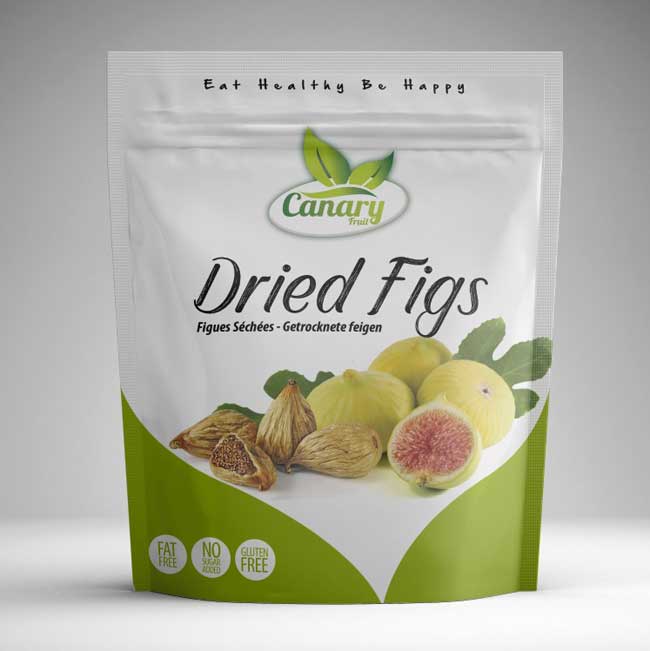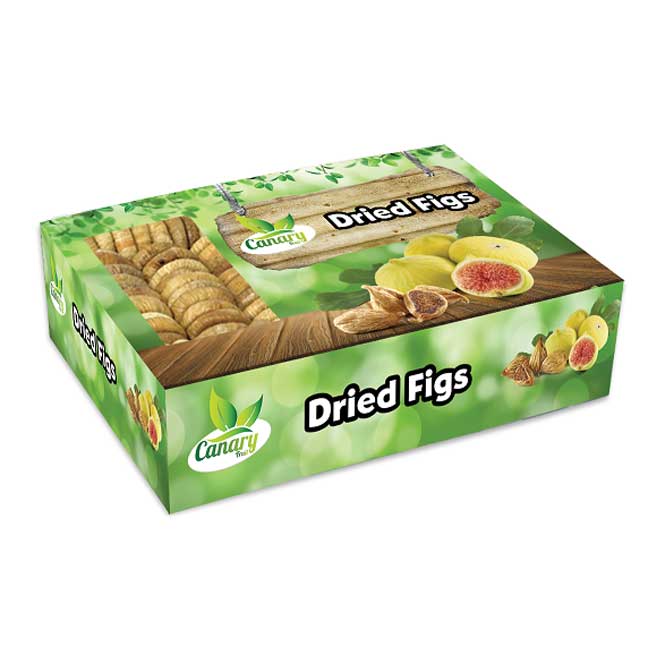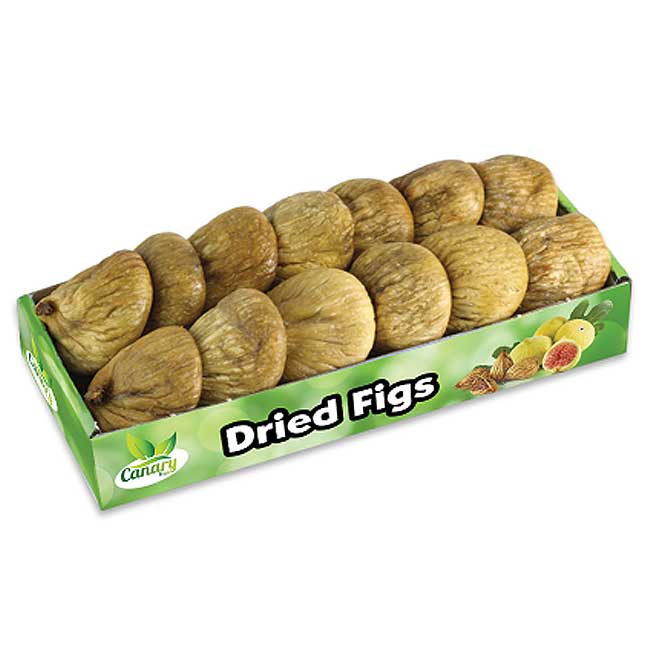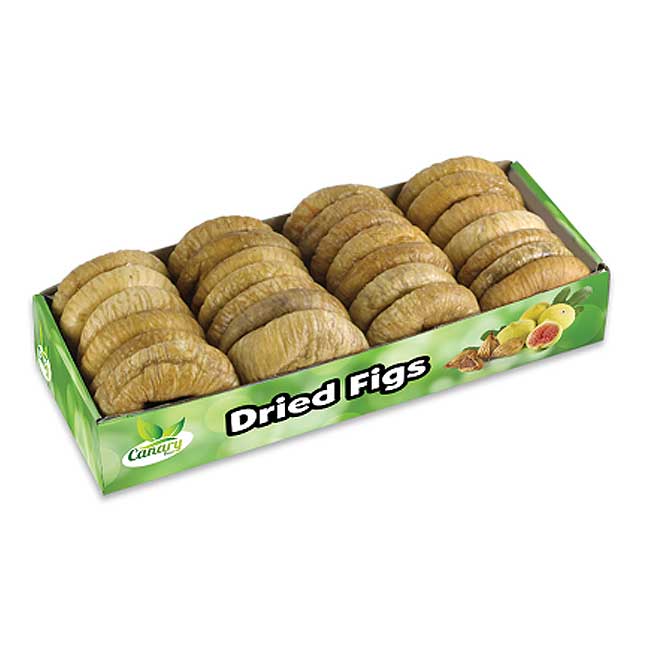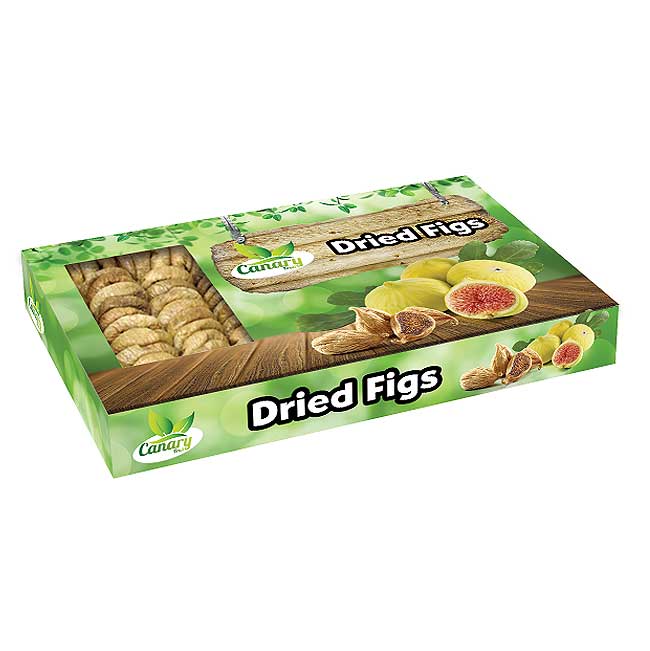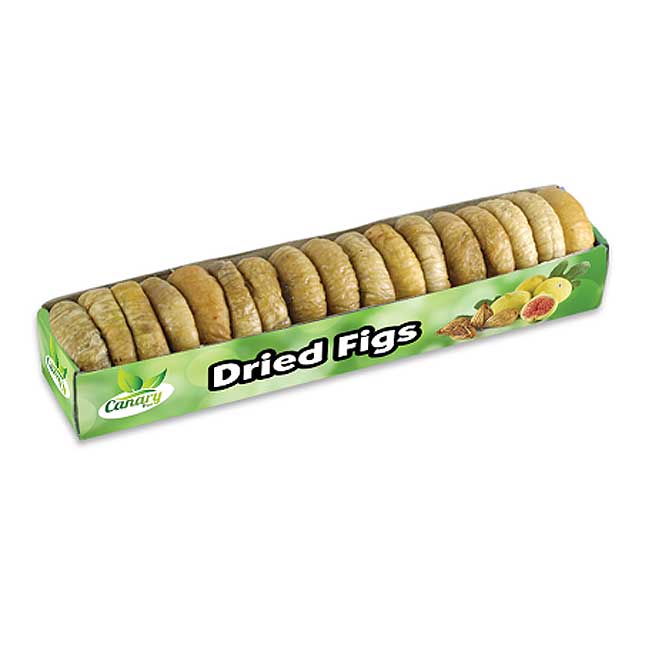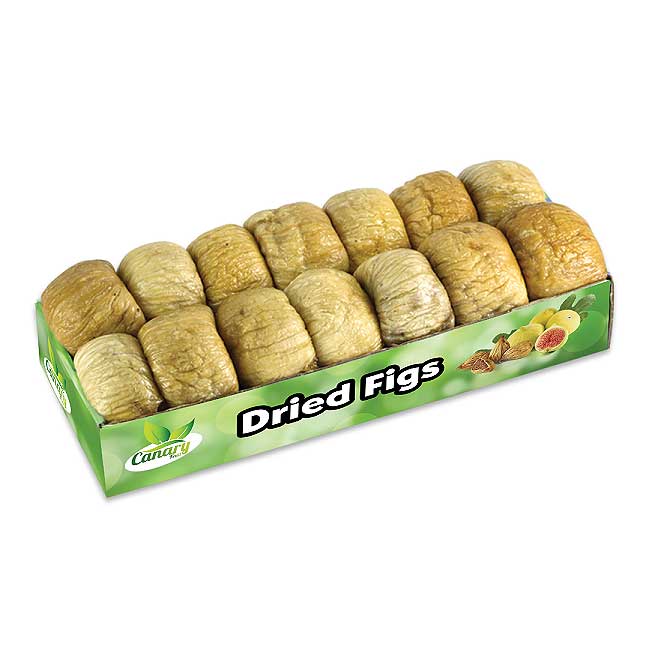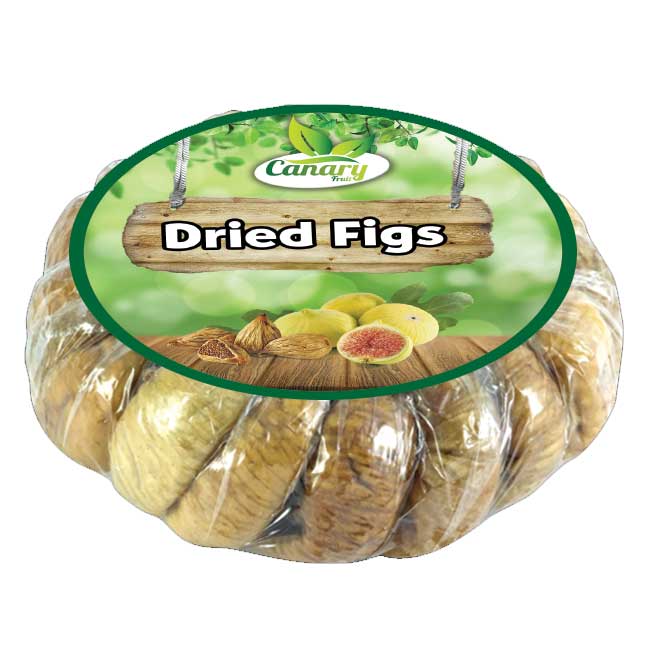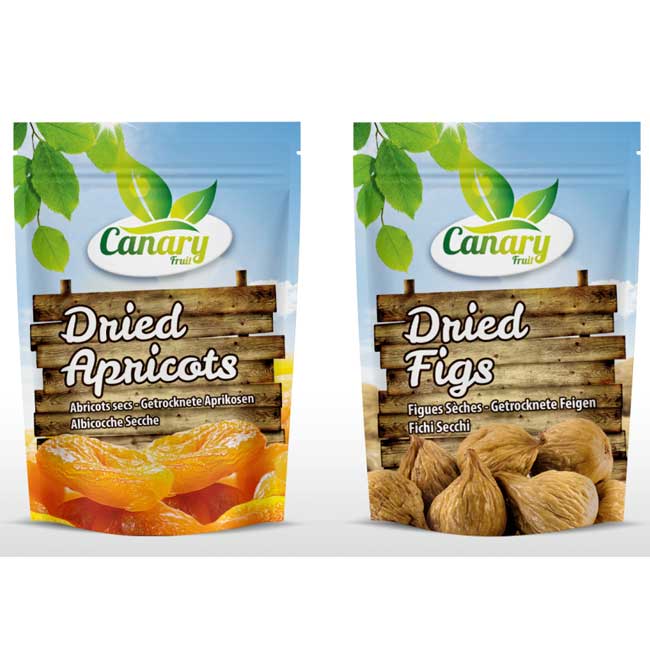DRIED TURKISH FIGS
Dried Figs is one of the well known and important agricultural export product of Turkey.
Turkey is the biggest producer and exporter in the world for Sun Dried figs products. 60-70% of world’s dried figs production and 75% of world’s dried figs export is being made by Turkey.
Fig growing and production is mostly done in Aydin region of Turkey, particularly in Nazilli, Germencik, Ortaklar, İncirliova towns. Because of the climate of this area figs have thin skin and high honey content which are differentiating characteristics from other varieties.
Types of Dried Figs:
There are types in terms of physical forms and packing. Actually they are all the same Sun Dry Figs as raw material, but in the last phase of processing, workers gives different forms to the fruit then put into the pack. Those types are: Lerida (most demanded), garland, protoben, pulled, layer and baglama.
Natural Dried Figs
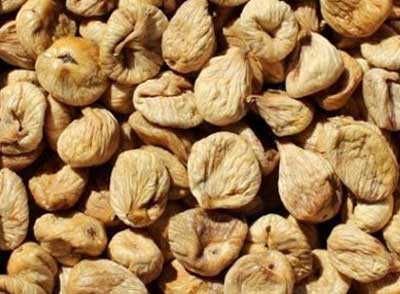
Packing options: 10 kg / 5 kg box
Lerida Dried Figs
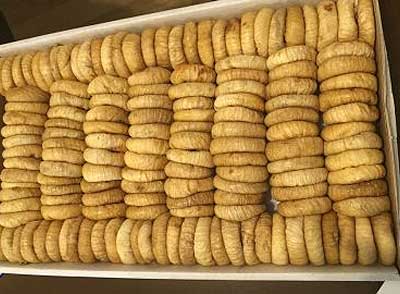
Packing options: 10 kg / 5 kg / 3 kg / 2 kg carton boxes with/without window, 1 kg / 500gr carton/plastic trays
Protoben Dried Figs
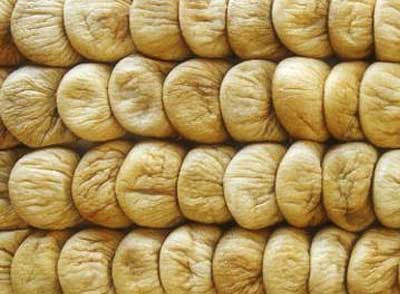
Packing options:10 kg / 5 kg box, 200-500 gr carton/plastic/wooden/foam trays
Pulled Dried Figs
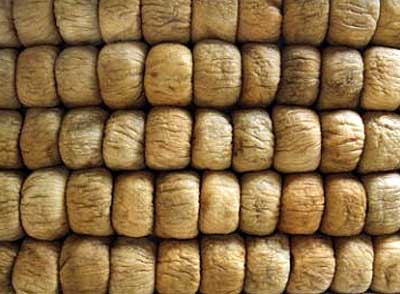
Packing options: 10 kg / 5 kg box, 200-500 gr carton/plastic/wooden/foam trays
Garland Dried Figs
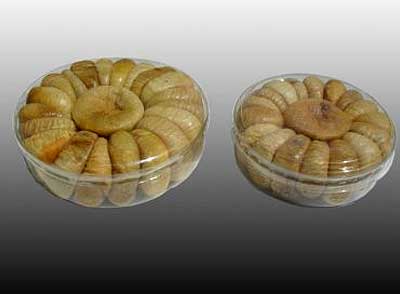
Packing options: Cellephone or PVC pack 200-500 gr.
Layer Dried Figs
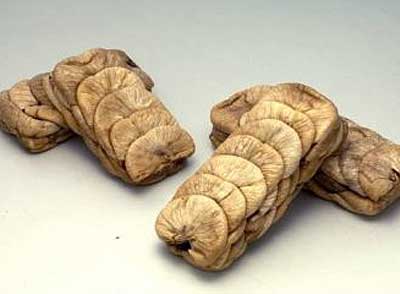
Packing options: 200-500 gr cellophane wrapped bags
Diced Dried Figs (Dried Fig Pieces)
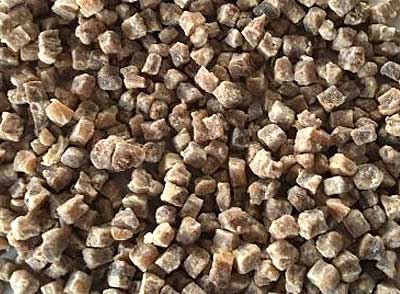
Packing options: Bulk 10 kg box
Dried Figs Paste
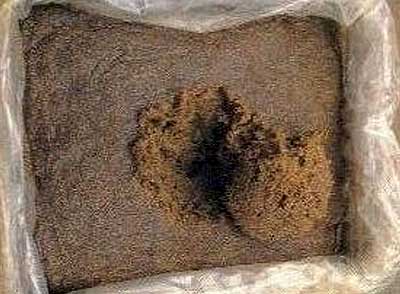
Packing options: Bulk 10 kg box
Retail Packing options for Dried Turkish Figs:
Selected high quality dried figs are packed into cartons in natural form or manipulated by workers and packed in different packaging depending on customer’s request. Finally they are metal detected before release. Here you can see packing types we can do:
How to make Dried Figs:
Harvesting of Turkish figs:
The variety of figs which is used for drying is Ficus carica. They are also called as Calimyrna figs which is light green-yellow color. Every August fresh figs are ripened and they are harvested by the farmers.
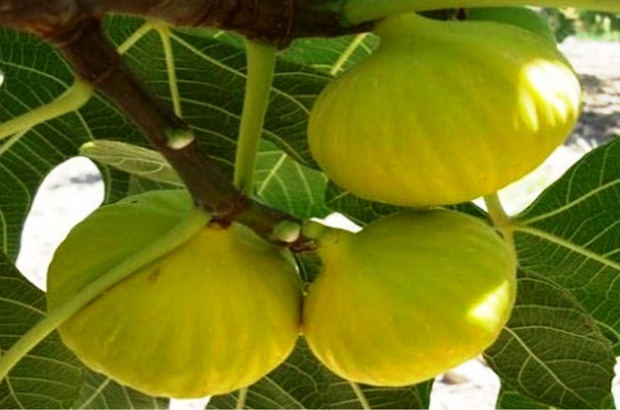
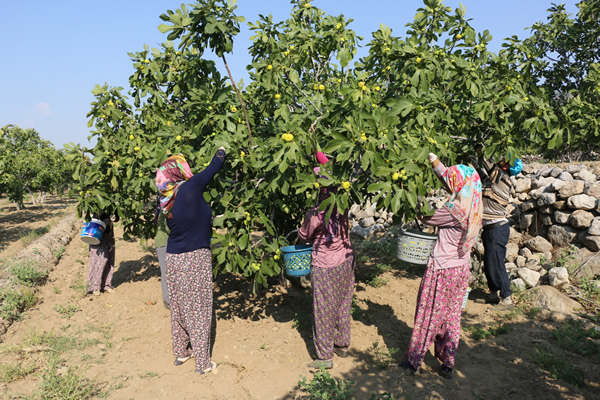
How to dry figs naturally:
Fresh figs are dried under the sun, on the nets, as in the pictures below. It takes about 7-8 days to get the desired dryness level. After sun drying, figs are transported in food grade crates, from farms to factory fro further processing.
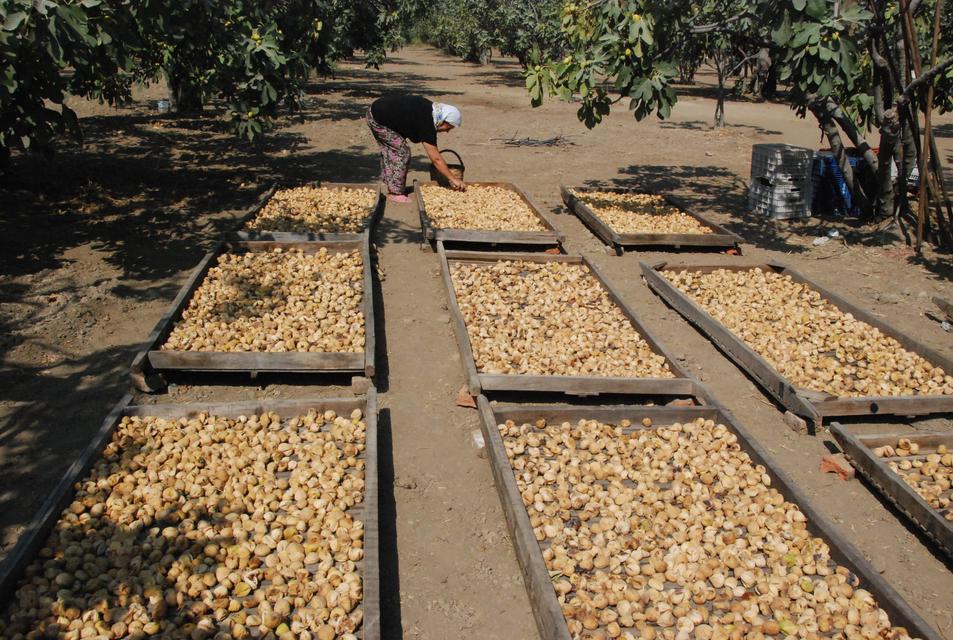
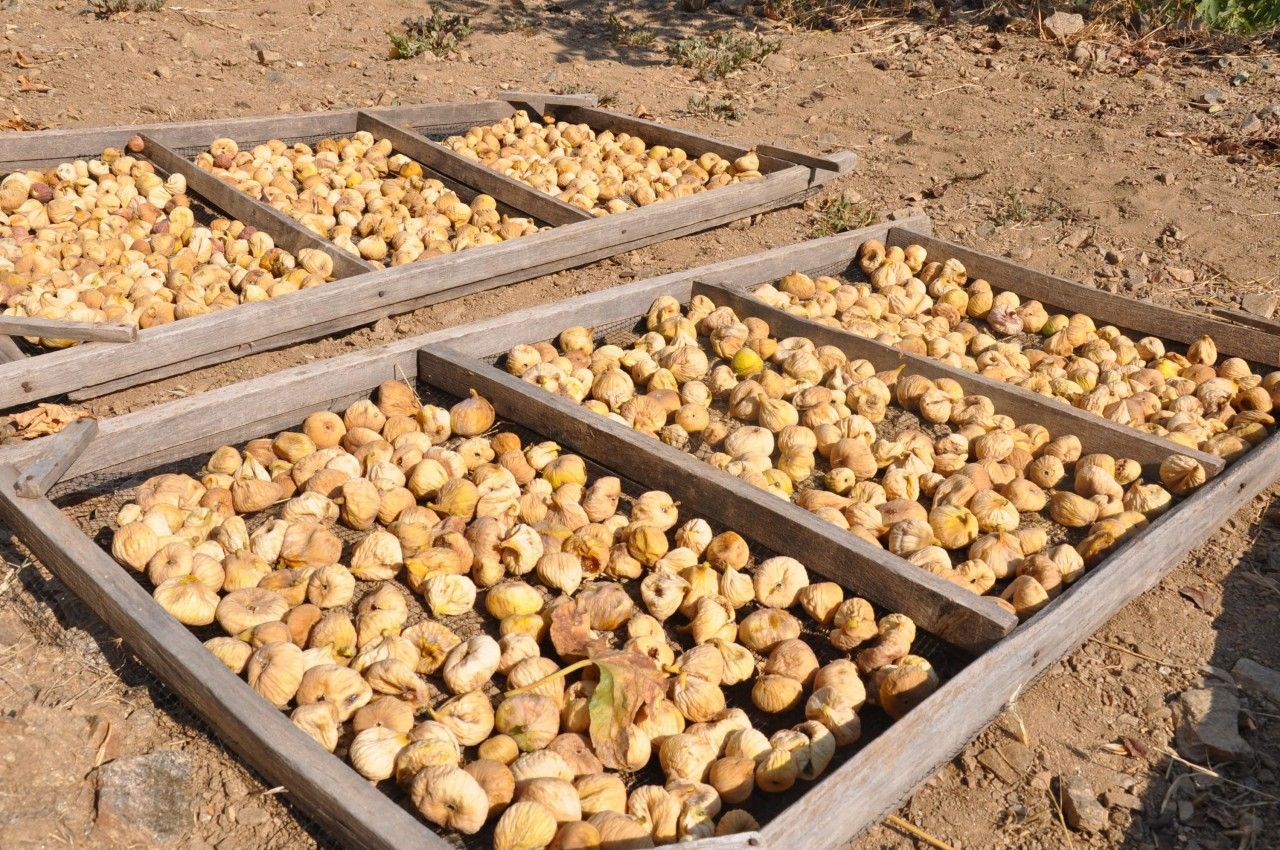
Processing Dry Figs in the factory:
When sun dried figs (called raw material) reaches to the factory, firstly they are fumigated. Then they are kept in cold rooms (between +4 to +6 C temperature).
As the first step of process, figs go for sizing by machine. After sizing, dried figs are taken into dark room and selected carefully by workers under UV lights to remove the fruits contaminated by Aflatoxin.
Next step, dried figs are washed with running warm and salty water. After washing figs are taken into cases for resting 2-3 days, to reach the optimum moisture level (if needed, sometimes figs are dried in the oven to reach the desired level of moisture).
Next step is selecting dried figs on the tables to remove the defected fruits like moldy, spoiled, damaged or any foreign material. Now selected high quality dried figs are ready for packing.
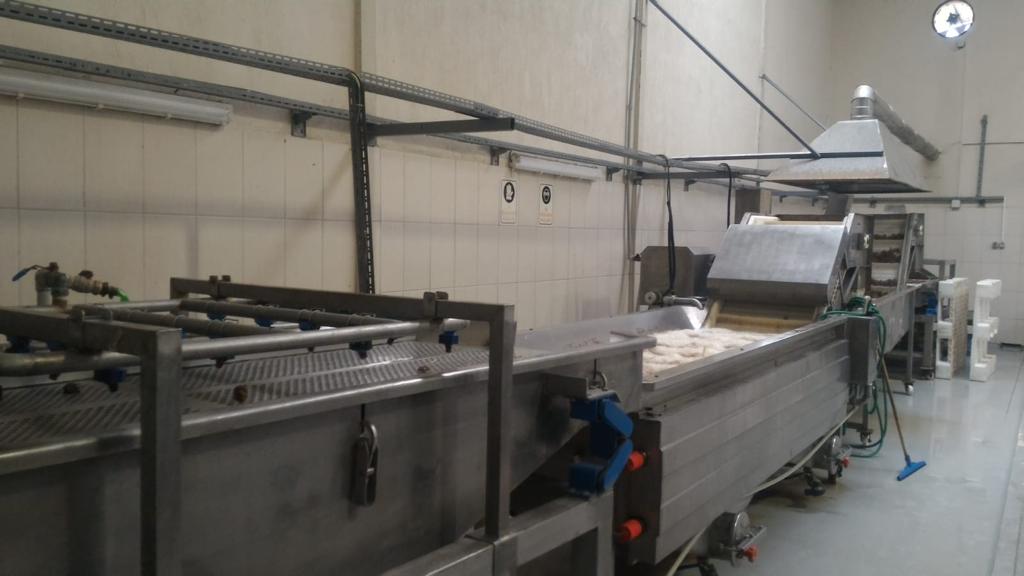
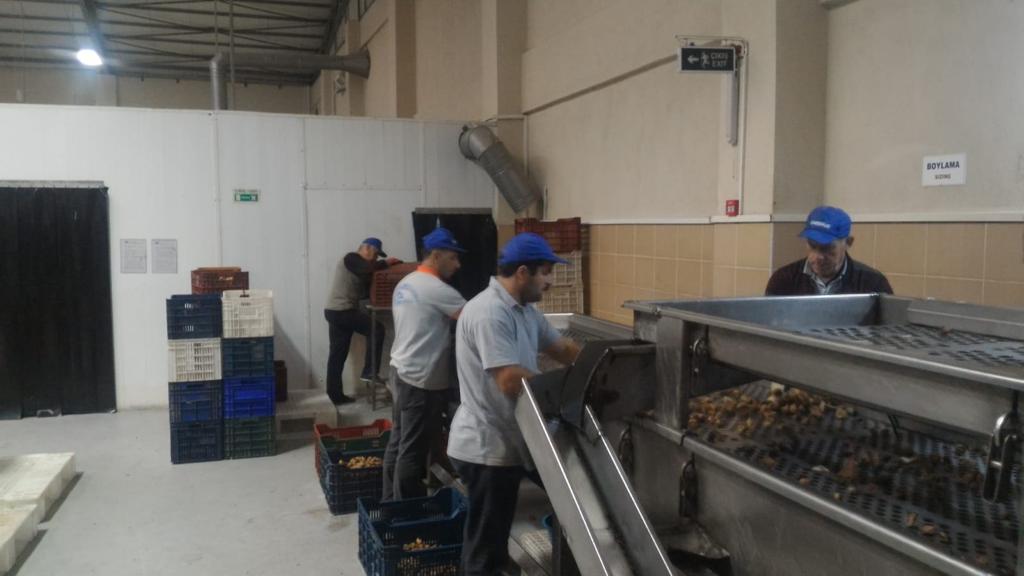
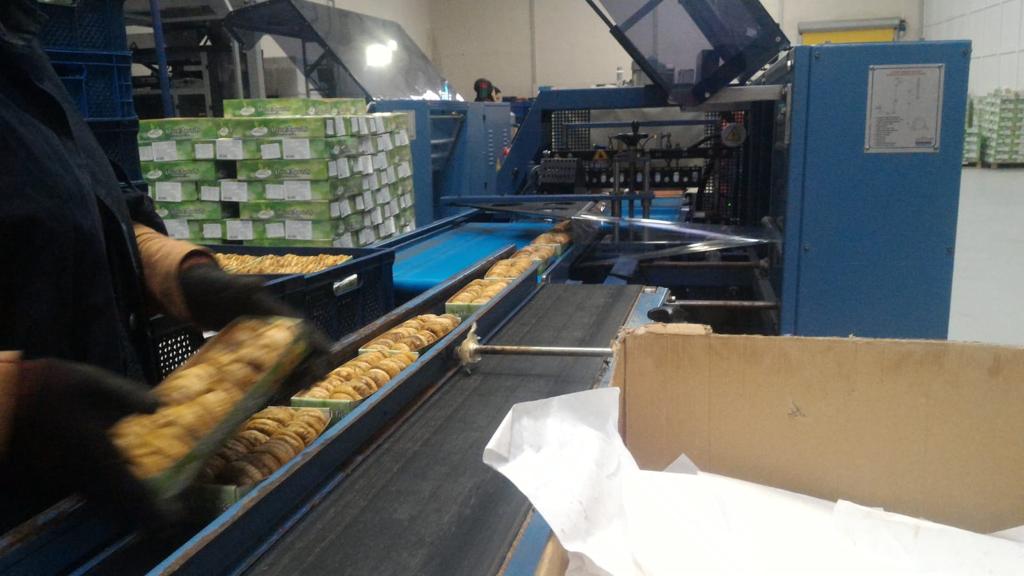
How to store Dried Figs:
Light: Avoid direct sunlight, although it has no effect on quality but direct sunlight may warm the dried figs to make them more dry or activate microorganisms, if environment is humid.
Temperature: Optimum storage temperature is +60C (+420F). However +40C to +100C (+390F to +490F) shall have no adverse effect on quality. Figs can withstand well till end of spring when ambient temperatures reach +200C (+680F). No need to stow in kitchen refrigerator. Display, consume and keep rest of the package at room temperatures less than +200C (+680F)
Humidity: Optimum relative humidity is 50-60 %. Avoid humid and stagnant environment.
Condensation: Differences of temperature due to night and day, rainy days or climate changes may cause condensation of moisture in air on the surface of dried figs as pure water droplets. Natural ventilation of air around dried figs is necessary.
The pure water droplets on outer surfaces of the dried figs causes the figs to darken and also activate yeasts, molds and start fermentation. The corrugated carton boxes can absorb the condensing moisture and become softer, therefore may not be able to carry the packages and may be easily torn by slight forces.
To avoid this situation, the ambient relative humidity must be less than 60% and cartons should be stowed about 10 cm (4″) above the ground on pallets and cartons should be covered with cloth or plastic in high ceiling spaces. There must be at least slight natural ventilation to prevent possible moisture condensing on dried figs.
Foreign odours: Avoid stocking near chemicals, fuels, exhaust gases, debris or any other foreign odour source.
Crystallization on figs: As water at the outer level of dried figs evaporate, natural sugars crystallize on the outer surface of dried figs. This is normal and natural. Other hygienic and technical precautions must be taken after G.M.P. (Good Manufacturing Practices) during storage.
How long do Dried Figs last: 1 year, in the right storage conditions as above.
To get more information or quote, feel free to contact us


